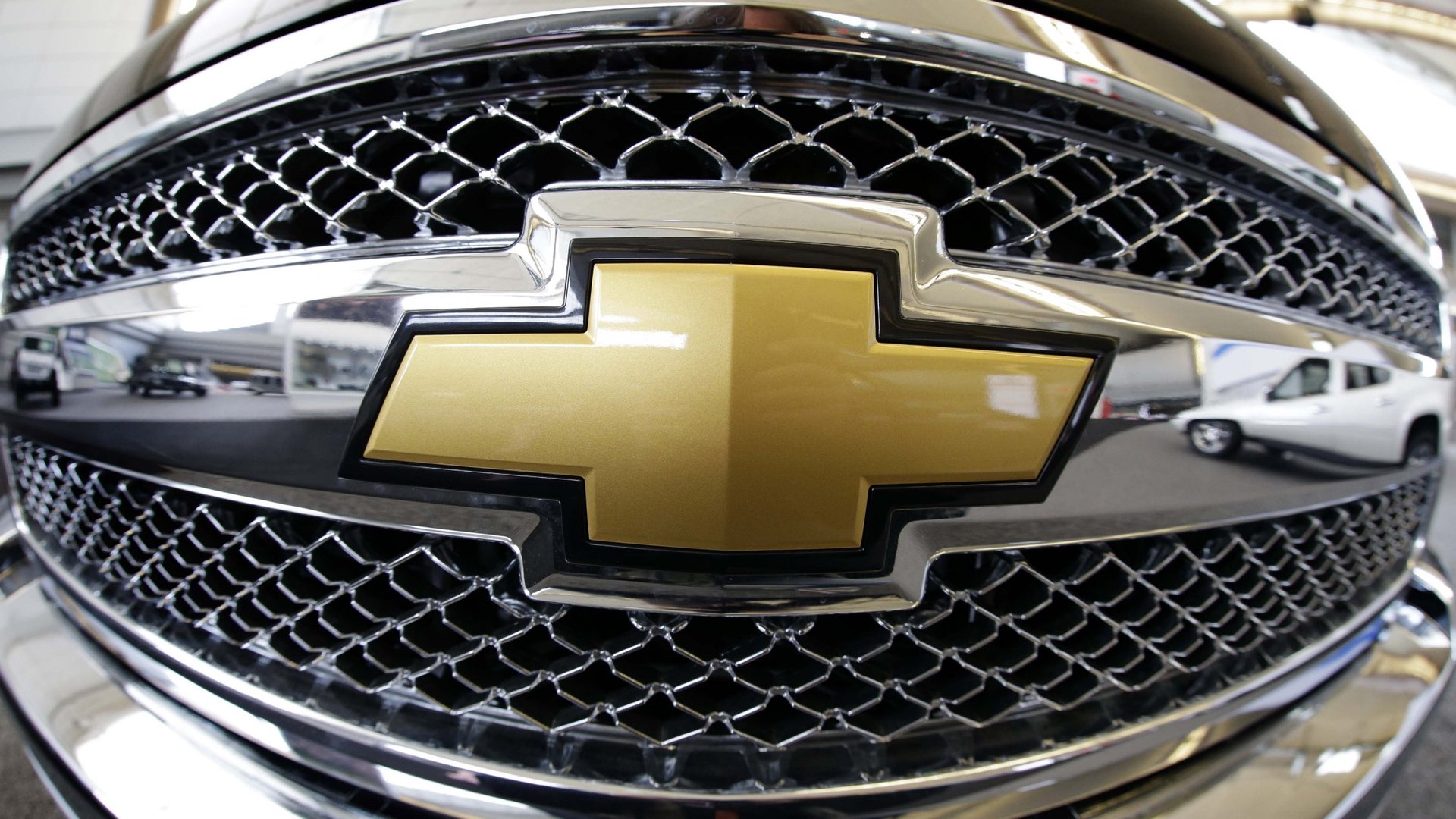GM discovers the virtues of making vehicles people want to buy
The numbers. Investors looked past the one-time charges that dragged down the headline numbers, and the underlying business looked strong. If you want to be a stickler for accounting standards, third quarter profits actually dropped 53%, but after excluding about $900 million in what GM called one-time items, the company earned about 1.7 billion in the third quarter, better than Wall Street expected. Shares rose.



The numbers. Investors looked past the one-time charges that dragged down the headline numbers, and the underlying business looked strong. If you want to be a stickler for accounting standards, third quarter profits actually dropped 53%, but after excluding about $900 million in what GM called one-time items, the company earned about 1.7 billion in the third quarter, better than Wall Street expected. Shares rose.
The takeaway: It’s about trucks and the US again. GM North America’s operating profits jumped 29% to $2.2 billion, driven by sales of pickup trucks such as Chevrolet’s recently-refreshed Silverado. The rebound in the pickup truck business reflects—in part—the rebound in construction and small business activity in the US.
What’s interesting: GM and the US auto industry seem to have discovered that making quality products people are willing to pay for is a good business model. It wasn’t too long ago that the industry had a dangerous addiction to profit-crushing incentives—discounts and other special deals on vehicles—that kept products moving off the lot. In GM’s earnings call, executives spotlighted the fact that pricing for its all important pickup truck segment is looking healthy. “GM incentive spending on light duty trucks has been trending down and the average transaction prices have been trending up,” GM CEO Dan Akerson told the assemblage of analysts on the call. Ford had a similar message in its earnings call earlier this month, with executives saying it was “holding the line on incentives,” and seeing transaction prices “tip up a little bit.”